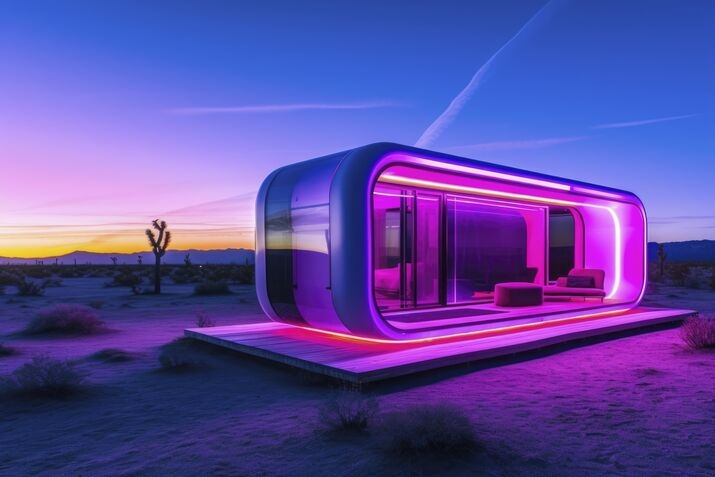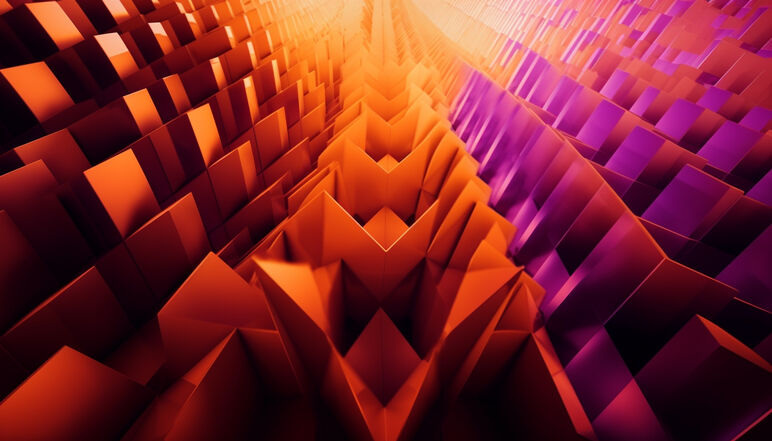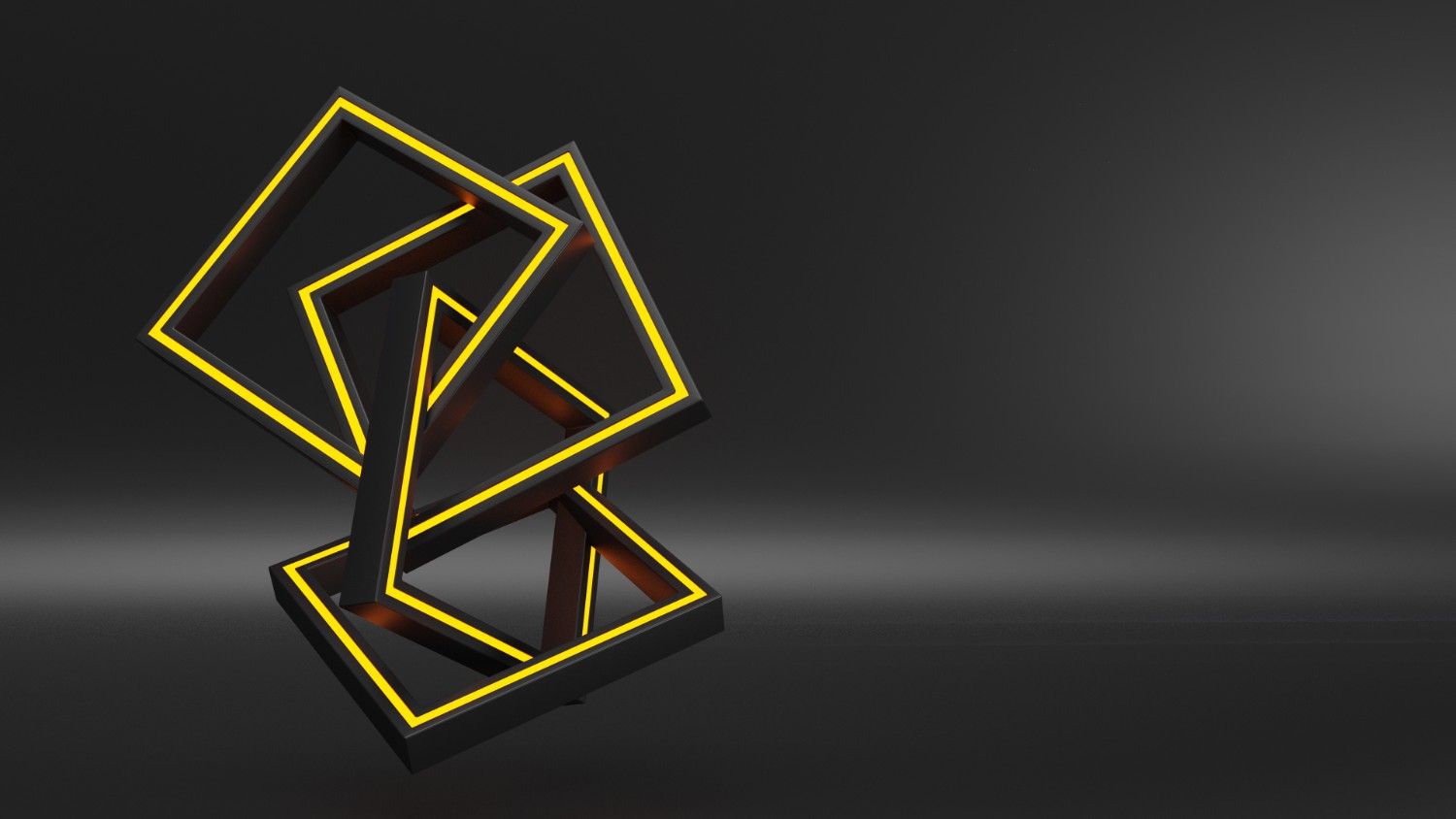In today’s hyper-visual, digitally driven marketplace, the quality of your visual content isn’t just a detail—it’s a critical component of your brand’s success. From stunning architectural walkthroughs to immersive e-commerce product views, 3D modeling and design has become the gold standard for communicating ideas, products, and structures with unparalleled clarity and realism.

However, the journey to creating photorealistic 3D assets is often resource-intensive, demanding specialized skills, expensive software, and powerful hardware. This is where the strategic decision to Outsource 3D Modeling services emerges as not just a cost-saving measure, but a powerful growth accelerator for businesses across all industries. By leveraging external expertise, your business gains a competitive edge, ensuring high-quality output while focusing internal resources on core competencies.
The Economic and Operational Imperative: Cost Efficiency and Focus
The most immediate and compelling reason to Outsource 3D Modeling services is the dramatic shift in cost structure and operational efficiency it provides.
Eliminate the Overhead Monster
Building and maintaining an in-house 3D department is a significant financial burden. It requires:
- High Salaries: Hiring a team of specialized 3D artists, modelers, and Texturing experts commands substantial full-time salaries and benefits.
- Software and Hardware Investment: Top-tier 3D modeling and 3D Rendering software licenses (like 3ds Max, Maya, Blender, or V-Ray) are costly, and the high-performance workstations and rendering farms needed to produce quality visuals add substantial capital expenditure and ongoing maintenance costs.
- Training and Retention: The technology evolves rapidly, necessitating continuous training, and the competition for top talent makes retention a challenge.
Outsourcing bypasses this entire overhead structure. You move from a fixed-cost model (salaries, subscriptions, equipment) to a variable, pay-as-you-go service. You only pay for the specific project output you need, saving anywhere from 40% to 70% compared to in-house production. This flexibility is vital for businesses with fluctuating design needs.
Focus on Your Core Competencies
For architectural firms, engineers, product designers, and e-commerce retailers, your primary value lies in innovation, client relationships, and strategic planning—not in the intricate, production-heavy process of model creation and rendering. By choosing to Outsource 3D Modeling services, you free your valuable internal team to concentrate on what they do best:
- Architects can focus on design concept, client consultations, and approvals, leaving the production of hyper-realistic 3D visuals to dedicated external specialists.
- E-commerce businesses can prioritize marketing, inventory management, and customer experience, while experts handle the detailed creation of Outsource 3D Furniture Modeling and product visuals.
- Product developers can dedicate their time to R&D and engineering, using the outsourced models for rapid prototyping and simulation.
This enhanced focus translates directly into higher productivity and strategic growth.
Access to Unrivaled Expertise and Cutting-Edge Technology
A crucial, non-monetary advantage of outsourcing is the immediate access to a global talent pool that you might not be able to afford or hire locally.
World-Class Specialized Talent
Specialist 3D studios are staffed with experienced artists who eat, sleep, and breathe 3D modeling and design. They possess:
- Deep Software Mastery: Expertise in a broad range of industry-standard tools for different needs, ensuring the right tool is used for every job.
- Niche Skillsets: Whether you need highly detailed organic modeling for a gaming asset, technically precise CAD-to-3D conversion for 3D Architecture, or meticulous material setup for photorealistic Texturing on a product, you can tap into a specialist for that exact requirement.
- Industry-Specific Knowledge: Outsourcing partners often specialize in specific domains—be it medical modeling, manufacturing, or Outsource 3D Furniture Modeling—bringing invaluable insights into industry-specific standards and aesthetic requirements.
Staying Ahead of the Technological Curve
The world of 3D is constantly innovating. New rendering algorithms, real-time engines, and modeling techniques are released constantly. Outsourcing partners make the investment to stay current. They absorb the cost and time of upgrading software, hardware, and training, ensuring your projects always benefit from the latest advancements, such as:
- Advanced 3D Rendering: Utilizing the most powerful render engines and cloud computing to produce photorealistic images and animations faster than most in-house setups can manage.
- Integration with Future Tech: Ensuring your models are optimized and ready for deployment in emerging platforms like Augmented Reality – Virtual Reality.
The Strategic Applications of Outsourced 3D Modeling

Outsourcing 3D modeling is not a blanket solution but a targeted strategy that delivers exceptional results across key business verticals.
Architecture and Real Estate: Selling the Unbuilt Dream
For real estate developers and architectural firms, 3D Architecture visualization is the ultimate sales tool. Before a single brick is laid, a client or investor needs to see the final vision. Outsourcing provides:
- Photorealistic Imagery: Creating stunning, life-like exteriors, interiors, and aerial shots that capture the mood and reality of the final structure, vastly improving marketing materials.
- Virtual Walkthroughs: Converting static designs into immersive, dynamic experiences using 3D animation and 3D Rendering for virtual tours, allowing buyers to experience the space from their own homes.
- Rapid Iteration: Quick turnarounds on design changes. Need to show the building with a different facade material or lighting scheme? An external team can handle revisions much faster, speeding up the client approval process.
E-Commerce and Retail: The Power of Interactive Visuals
The e-commerce sector, particularly in furniture and high-value goods, is being revolutionized by 3D content. Traditional photography is expensive, limited, and logistically complex, especially for product variations.
- Outsource 3D Furniture Modeling provides a scalable, cost-effective alternative. A single 3D model can generate hundreds of high-quality product shots, lifestyle images, and 360-degree spins, eliminating the need for costly physical photoshoots, studio setups, and logistics.
- Reduced Returns: High-quality, interactive 3D models allow customers to fully understand a product’s size, material, and detail, leading to fewer surprises upon delivery and a significant reduction in product return rates.
Product Development and Manufacturing: Faster to Market
In 3D Product Design and manufacturing, time is money. Outsourcing helps streamline the product life cycle:
- Efficient Prototyping: 3D models allow engineers and designers to rapidly test and visualize product changes before committing to expensive physical prototypes. They can run simulations and identify design flaws early in the process, saving time and resources.
- Marketing Before Production: A highly detailed 3D model can be used to generate full marketing and advertising campaigns before the product even rolls off the assembly line, creating buzz and pre-orders, and drastically shortening the time-to-market.
Preparing for the Future: Augmented Reality – Virtual Reality
The next frontier of marketing, sales, and training is in immersive technology. Augmented Reality – Virtual Reality (AR/VR) experiences—from customers placing a virtual sofa in their living room using their phone (AR) to trainees conducting complex machinery maintenance in a fully simulated environment (VR)—are all built upon high-quality, optimized 3D models.
Outsourcing partners are experts in optimizing high-poly models into lightweight, performant assets that are ready for these real-time platforms. This preparation is a non-negotiable step for any forward-thinking business, and having a specialist manage the intricate process of poly-count reduction, rigging, and UV unwrapping for AR/VR deployment ensures your business is future-proofed.
Conclusion: A Strategic Partner for Growth
Outsource 3D Modeling services is no longer a stopgap solution but a deliberate, smart business strategy. It’s an investment that pays dividends by reducing overhead, accelerating time-to-market, and providing access to a specialized, scalable workforce that can deliver stunning visual quality on demand. Whether you are an architectural firm aiming to sell a magnificent skyscraper, an e-commerce retailer looking to transform the online shopping experience with Outsource 3D Furniture Modeling, or a manufacturer needing precise 3D Product Design visualizations, partnering with a specialized 3D studio is the move that ensures superior quality, cost control, and a significant competitive advantage in a world that increasingly demands the best in visual communication.
Simple FAQs on Outsourcing 3D Modeling
1. What is the biggest financial benefit of outsourcing 3D modeling?
The biggest financial benefit is converting fixed operational costs (salaries, software licenses, high-end hardware) into variable project-based costs. This allows your business to pay for output only when needed, drastically reducing overhead and improving budget flexibility.
2. Is outsourced 3D modeling as high-quality as in-house work?
Yes, often it is higher quality. Professional outsourcing firms specialize exclusively in 3D modeling and rendering, giving them access to world-class, niche experts, superior rendering technology, and refined, efficient workflows that are difficult for generalist in-house teams to match.
3. How does outsourcing help an e-commerce business sell furniture?
Outsource 3D Furniture Modeling allows e-commerce businesses to create unlimited, photorealistic product visuals (including lifestyle shots and 360-degree views) without costly physical photography. This enables interactive product experiences like Augmented Reality – Virtual Reality viewing, which significantly boosts customer engagement and reduces product returns.
4. What are Texturing and 3D Rendering, and why are they important?
Texturing is the process of applying material properties (color, shine, roughness) to a 3D model to make it look realistic. 3D Rendering is the final step where the computer calculates all the lighting, shadows, and materials to generate the final, high-resolution 2D image or animation. Together, they transform a wireframe model into a photorealistic visual.
5. What industries benefit most from outsourcing 3D Architecture models?
Real estate developers, architectural firms, and construction companies benefit immensely. Outsourcing allows them to secure investor funding and pre-sell properties using high-quality architectural visualizations and immersive virtual walkthroughs before physical construction begins.
6. How does outsourcing support new technologies like AR/VR?
Outsourcing partners are experts at optimizing complex 3D modeling and design files into lightweight assets that are required for real-time applications like Augmented Reality – Virtual Reality. They ensure your 3D content is future-proofed and ready for deployment across these new, immersive digital platforms.




